Sydney
Sydney
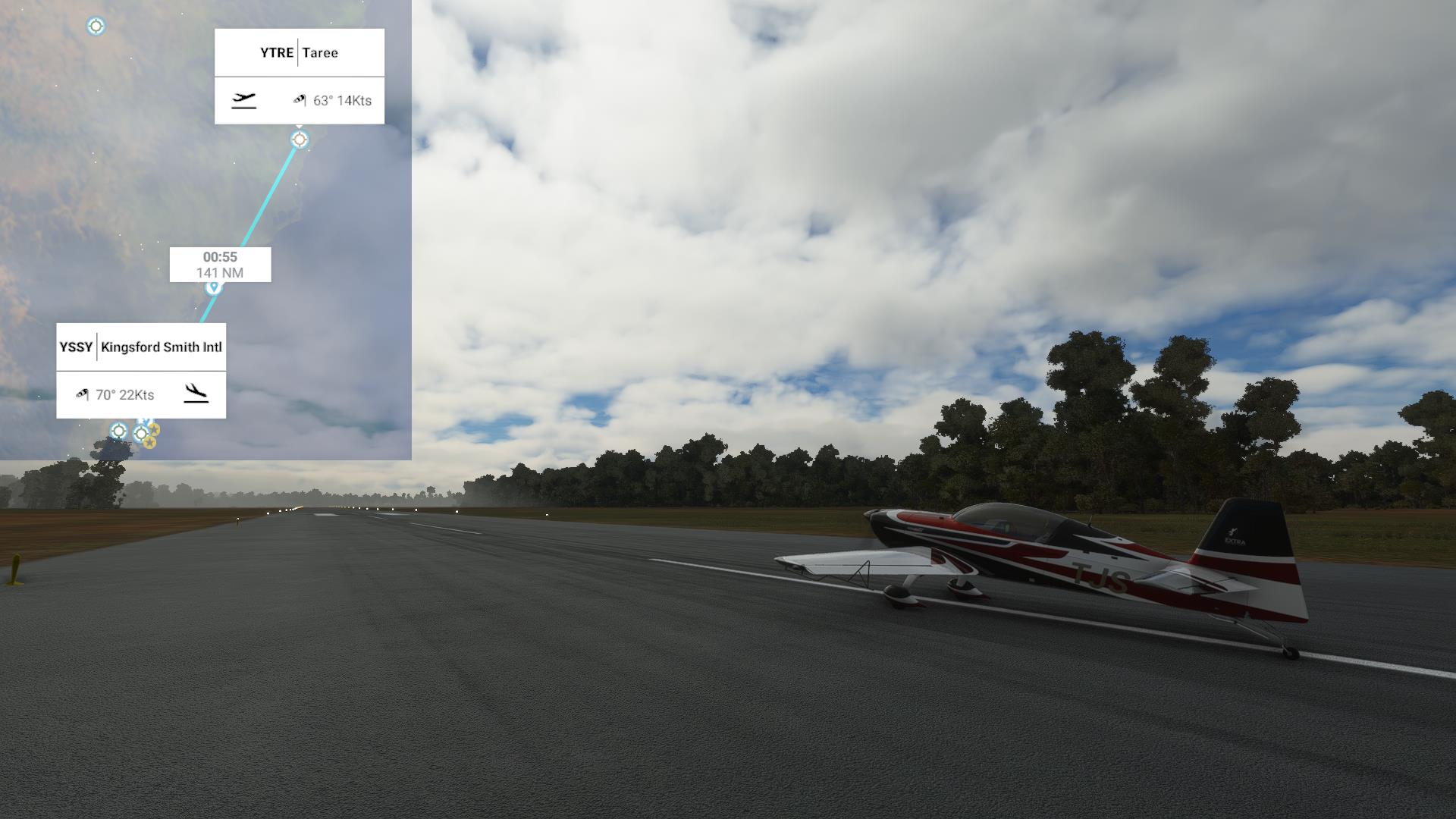
Sydney has been inhabited for at least 45,000 years, according to the stone tools found in the gravel beds around the region. Cave paintings and rock carvings of such things as kangaroos abound, especially in Ku-ring-gai Chase National Park. Europeans were much more recent, first showing up in 1770 when Captain Cook sailed into Botany Bay to replenish. He felt that the indigenous people were somewhat hostile towards him, and he left.
Full scale European settlement didn't start until a few years later. When the United States stopped accepting British convicts they had to go somewhere, so Captain Arthur Phillip led the First Fleet of eleven ships and 850 convicts into Botany Bay early in the year of 1788. The location had poor soil and no fresh water. So eight days later they arrived in Port Jackson just to the north, and this is where they set up shop.
Port Jackson, later named Sydney Harbour, was an unusual prison. There were no walls and you were pretty much free to leave whenever you wanted. The issue was finding somewhere else to be, so people tended to stay. Since the people sent here were, in fact, criminals, some of them found it hard to break old habits. Offences commited in the colony would meet with flogging or hanging, depending upon the severity of the offence. A little later on, serious miscreants would be banished to an even harsher location. But by and large prisoners would simply try to survive. Which was a problem. Most of the people sent here were "career criminals", and had no particular skills. So within a couple of years food was quite scarce. And the indigenous population was disinclined to help - an estimated half of them were dying of smallpox, which also arrived with the prisoners.
By 1791 ships became more frequent, so supplies also became more frequent. But more ships of course meant more prisoners. Between 1788 and 1792 over 3,500 male and 750 female prisoners arrived at Port Jackson, which already had issues growing enough food. So Phillip started looking for a place to build a sattelite colony, and settled on Parramatta, 24 kilometers away.
Over the years, as prisoners had served out their sentences and stayed on as free citizens, the colony started to prosper. By 1822, with a great deal of free labour, Sydney had banks, markets, streets, and Australia's first highway - the road leading to Parramatta. Port Jackson was receiving shiploads of supplies and prisoners from Britain and sending back fine wool, and other commodoties from the land and the sea.
But their economy relied heavily on a regular influx of new cheap labour with the convict ships. Trouble was, back in Britain, people were beginning to view the transportation of criminals to places such as the colonies as being akin to slavery, which of course it was. But the ruling political party, the Whigs, considered Transportation to be too convenient to abandon. So a compromise of sorts. While Transportation continued to the wilds of Van Dieman's Land, it ceased to the more civilized colonies such as Sydney in 1840.
This partial throttling of Transportation had an interesting effect. The Whigs polished up the Transportation process so that rehabilitation and "moralizing" were part of the mix. The people, who were largely Quakers, started buying into this and reversed their opinion on Transportation. Especially since they were now bursting at the seams with criminals. But the colonies also reversed their opinion. Now that they had been on their own for a bit with no new prisoners, they were becoming shocked at the "moral plague" that was ravishing Van Dieman's Land and wanted no further part in being the recipient of Transportation. And this, ironically, lent support to the Whigs' contention that Transportation worked - if the colonies didn't want any more prisoners because they were afraid of a moral plague, then the morals of the colonists must have been improved by Transportation. Quod Erat Demonstrandum. But the colonies won out, and the last convicts were transported to anywhere in 1853.
Nowadays, the convicts in Sydney's past have been watered down by the generations and the immigrants. Sydney is Australia's safest city, and the fifth safest in the world. It consistently places in the top 10 best cities in the world in which to live, and is one of the most diverse cities anywhere. It is also the 11th most expensive place to live that there is, excluding the space station.
It is also our next stop.
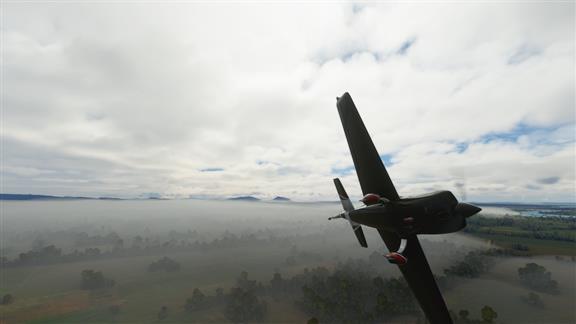 A bit foggy today.
A bit foggy today.
|
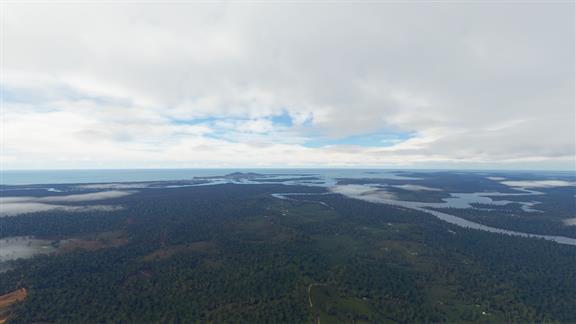 Wallis Lake, part of the Great Lakes. Actually an open and trained-wave dominated barrier estuary. It is not out of the question to see three meter long great whites swimming around in this particular lake.
Wallis Lake, part of the Great Lakes. Actually an open and trained-wave dominated barrier estuary. It is not out of the question to see three meter long great whites swimming around in this particular lake.
|
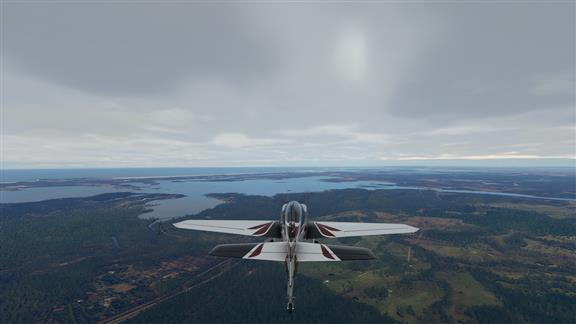 The mouth of the Karuah, an open semi-mature tide dominated drowned valley estuary. And here I thought it was a river with a sort of a bay thing on one end. Port Stephens is just up ahead.
The mouth of the Karuah, an open semi-mature tide dominated drowned valley estuary. And here I thought it was a river with a sort of a bay thing on one end. Port Stephens is just up ahead.
|
Worimi Regional Park, and the Stockton Sand Dunes. You can get camel rides here. I mean, if you want.
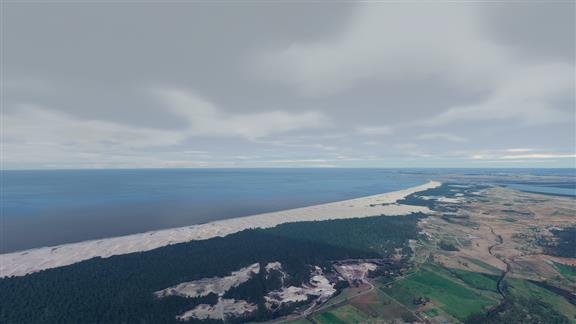 |
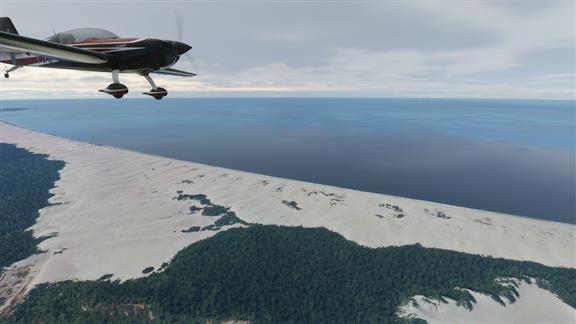 |
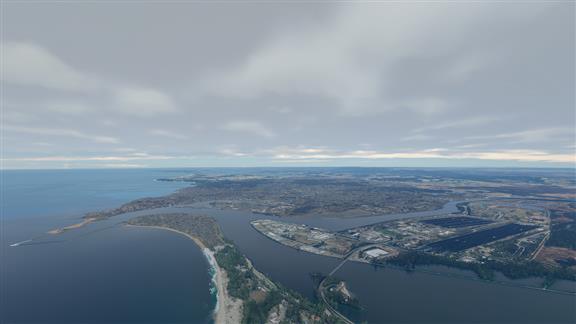 Newcastle. The largest coal exporting harbour in the world. Back in the day, if you committed a crime in Britain egregious enough to be sent to Sydney, and then committed an egregious offence there, you might be sent to Newcastle to dig coal. If you committed an egregious offence in Newcastle you might be sent to Limeburners Bay, just across the Hunter River, where you could burn oyster shells in the heat and humidity and enjoy a very strict form of penal law as enforced by your military overlords.
Newcastle. The largest coal exporting harbour in the world. Back in the day, if you committed a crime in Britain egregious enough to be sent to Sydney, and then committed an egregious offence there, you might be sent to Newcastle to dig coal. If you committed an egregious offence in Newcastle you might be sent to Limeburners Bay, just across the Hunter River, where you could burn oyster shells in the heat and humidity and enjoy a very strict form of penal law as enforced by your military overlords.
|
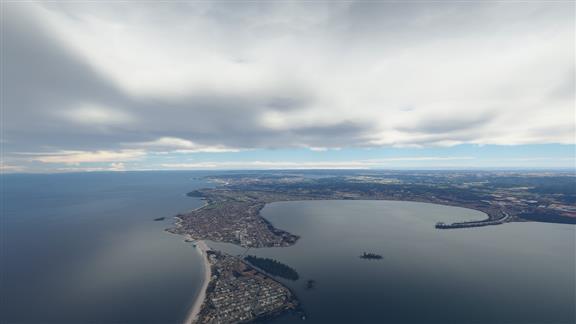 A town with the unlikely name of The Entrance. There is no The Exit, so if you come here be prepared to stay for some time.
A town with the unlikely name of The Entrance. There is no The Exit, so if you come here be prepared to stay for some time.
|
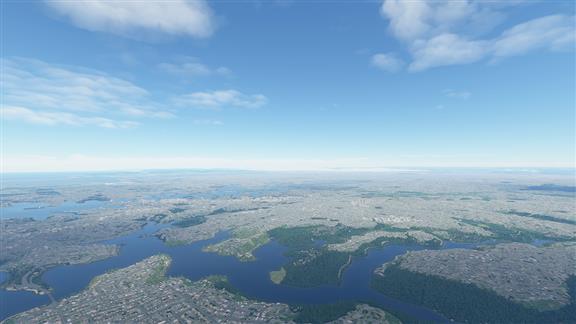 Most of Sydney is built on a flood plain or two, and it's kind of a giant bathtub. And it is quite a sprawly city. It currently wants to sprawl towards the North West, into the Hawkesbury-Nepean flood plain. That whole area is considered to be at a 1% flood risk, which means that every year you have a one percent chance of waking up underwater. So you're OK until there is a hundred year flood. Like we just had. At least it wasn't a hundred-and-a-half-and-a-bit flood. In 1867 the Nepean River at Windsor was nineteen meters - sixty two feet and a bit - higher than normal. You can still get out of Windsor if there is a fourteen meter flood but at nineteen the roads are gone. So you would think there wouldn't be that much demand for further development in the area.
Most of Sydney is built on a flood plain or two, and it's kind of a giant bathtub. And it is quite a sprawly city. It currently wants to sprawl towards the North West, into the Hawkesbury-Nepean flood plain. That whole area is considered to be at a 1% flood risk, which means that every year you have a one percent chance of waking up underwater. So you're OK until there is a hundred year flood. Like we just had. At least it wasn't a hundred-and-a-half-and-a-bit flood. In 1867 the Nepean River at Windsor was nineteen meters - sixty two feet and a bit - higher than normal. You can still get out of Windsor if there is a fourteen meter flood but at nineteen the roads are gone. So you would think there wouldn't be that much demand for further development in the area.But the developers have a powerful lobby. To offset the risk and pave the way for further development the current plan is to add another fourteen meters to the height of the Warragamba Dam. End of problem. But beginning of controversy. Detractors of the project, such as the UN, say that flooding the Unesco World Heritage Blue Mountains would be an extreme embarrassment for New South Wales. Others say that the plan wouldn't work anyway because there are two rivers so why would the water want to pile up in the one. But there are those in favour of the project, and development in general. One such proponent refers to the 1867 flood as the 'alleged' flood, since no one actually remembers it now. Another bought a large property just before the announcement of the Warragamba project and flipped it shortly after, making a quick 94 Million. So if you buy a house in Sydney's newest burb make sure to put on your life jacket prior to retiring in the evening. |
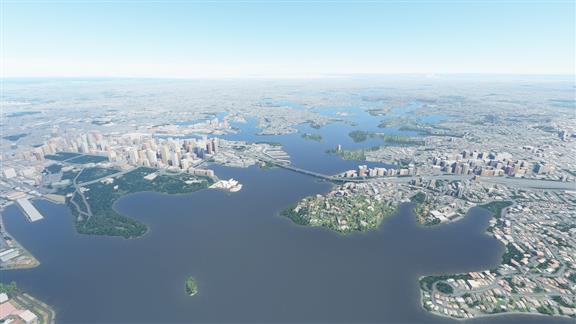 Pretty town though. Some kind of opera house down there.
Pretty town though. Some kind of opera house down there.
|
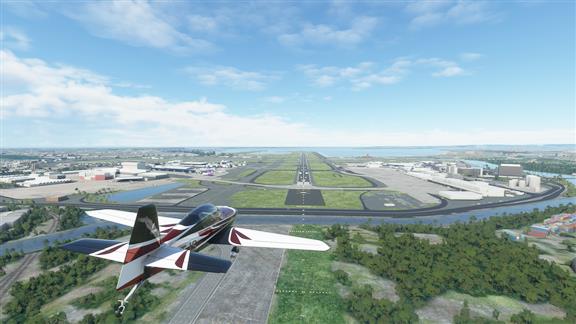 So that's it for today. Tomorrow we're technically leaving New South Wales but not really.
So that's it for today. Tomorrow we're technically leaving New South Wales but not really.
|